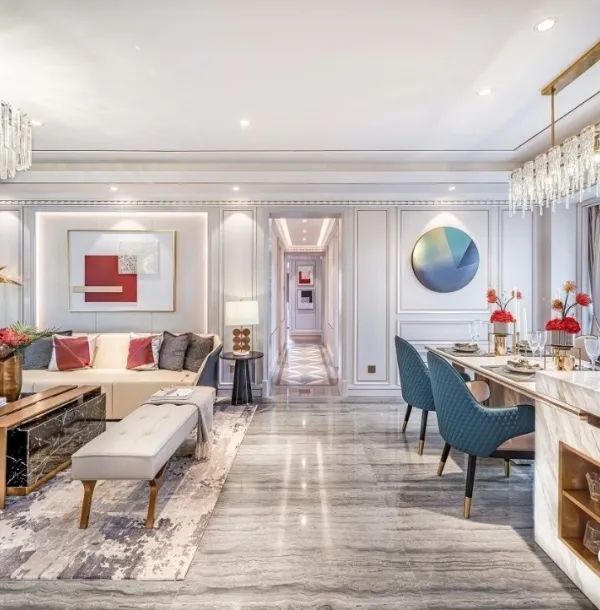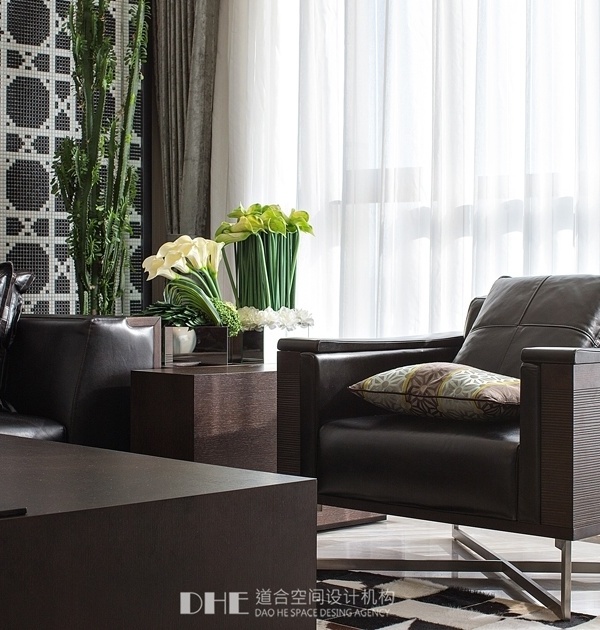The “Typographia Cowork” is located inside the Fernandina's defensive wall, element that defines the medieval historical centre of Porto, as part of the Unesco's World Heritage urban environment. It takes place in a XVII century buliding that has been built originally as bourgois house, then a convent, and, on the XX century, a low cost inn, along sides with tavern and a Typography. After the explosion of the historic center and densification of the traditional city of the century. In the 19th century, this axis now regains a new dynamic with the return and recovery of the vast vacant architectural heritage. Greater awareness and appreciation of the heritage built by the younger generations has attracted interest and intention to occupy this area of the city. This project was born out of that desire.
It is a hinge site that symbolically and physically marks the change between two types of city: the historic city and the traditional city of the 900's. Like any fringe or city boundary, it is a place of contrast and diversity, rich in changes of scale of city. On the one hand, we have the narrow, winding streets / alleys that descend towards the river. The building lives from this duality and dynamics taking advantage of the tangential relief that the square offers. The project proposal is sensitive to the understanding of the unique elements that characterized and shaped building such as taking advantage of the dimension of the existing spaces, which are typologically similar to industrial buildings. Installing the multi-purpose area, the shared work area, as well as the leisure area in the same space, resulting in an open, continuous and large space. In contrast, the meeting areas, although quite generous, are much more segmented and compartmentalized due to programmatic requirements.
Our work not only returned a significant building to the city but, ultimately, issued a challenge for the conversion of buildings within historical centers which proved that these century old structures are well able to sustain contemporary programatic developments and other funtions associated with non domestic uses.
Mediante a análise do estado de conservação do edifício optou-se por se intervir na estrutura de madeira existente, nomeadamente, ao nível dos pavimentos, preservando, na medida do possível, os elementos característicos e singulares dos edifícios de forma a que os mesmos não descaracterizassem a sua morfologia e tipologia original. Este trabalho não devolveu apenas um edifício significativo à cidade, mas, em última análise, lançou um desafio para a conversão de edifícios nos centros históricos, o que provou que essas estruturas seculares são capazes de sustentar programas e funções contemporâneas associadas a usos não domésticos. Esta intervenção vem trazer alguma dinamica e complexidade ao centro historico que cada vez se torna mais monofuncional.
{{item.text_origin}}












